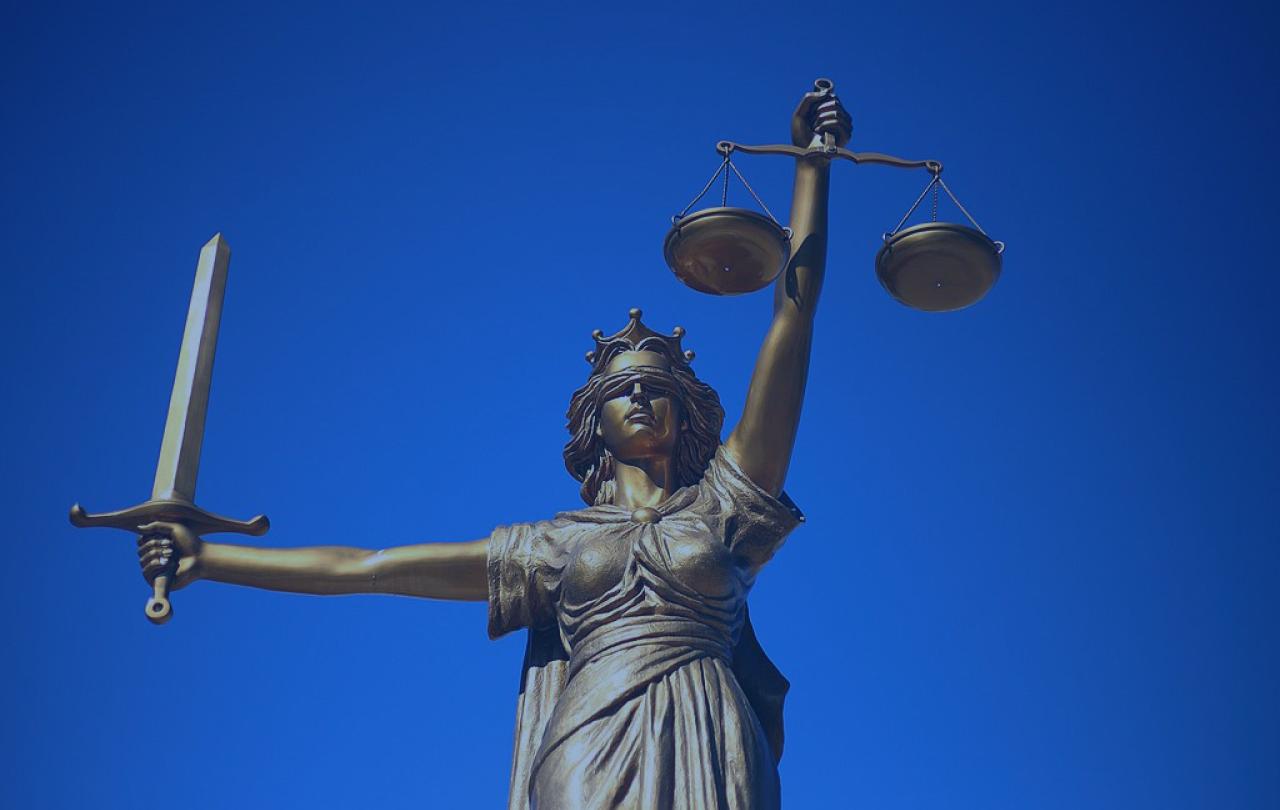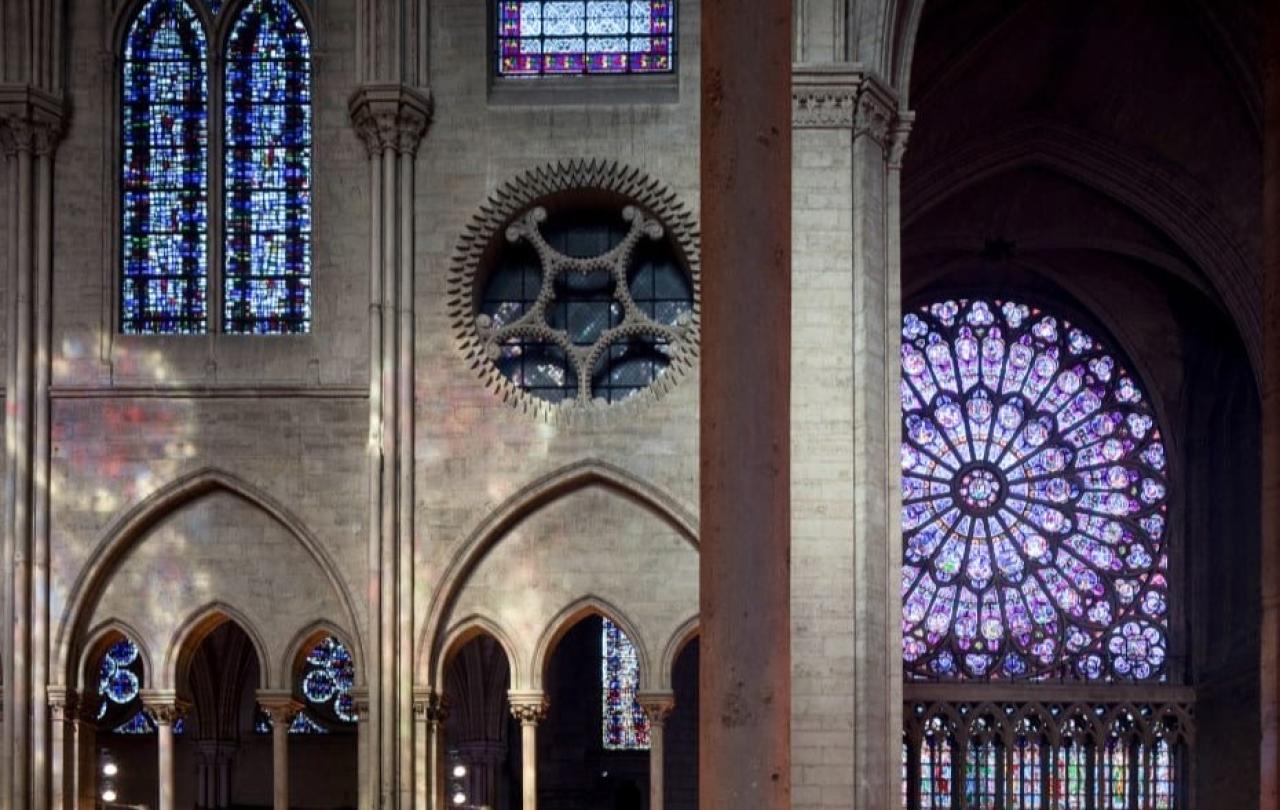
Next after prudence comes justice. Our guide in this series on the virtues is Thomas Aquinas and, for him, virtue is about justice. Indeed, it is in justice (quoting Cicero) that
‘the lustre of virtue appears above all.’
Placing such a premium on justice might seem a little deflationary. Yes, we might think, by all means be just, but is that enough? Later in this series, we will see that Aquinas does, indeed, think that all human virtues – including justice – need to be set aflame with faith, hope, and love. But that doesn’t stop him from also thinking about the virtues from a human point of view, at least as a first pass. And within that frame – one in which he might also talk to a non-believer, for instance – he insists that to be virtuous is to be just. Indeed, we could make that comment even more deflationary, and say that the gold standard of justice is simply to be fair. Justice, again drawing on Cicero, is simply to give to each person what is due.
‘However true it might be that our communal life cannot attain its fullest realization through just exchange alone',
wrote the German writer Josef Pieper,
‘it is no less true that it is in the exemplary form of just this sort of justice that the irreducible core of social relations finds expression’.
We can wish for something that outstrips justice. Nonetheless, there is a steely realism in Thomas’s insistence that the foundation for virtue is acting justly, even simply being fair. Fortunate is the country at the moment where day-by-day newspaper coverage need not draw attention to people in positions of public trust failing to live even by that standard.
I once attended a lecture course as an visitor in Rome on ‘Justice and Allied Virtues in Thomas Aquinas’ that lasted for an entire semester, so there’s a lot that can be said on this front. I will limit myself to three angles: impartiality, dues, and the role of a useful minimum.
On impartiality
On the first, Aquinas offers an extended discussion of justice in terms of being no ‘respecter of persons’: which is to say, in terms of showing impartiality. His example strikes home for anyone, such as myself, who works in a university:
if you promote someone to a professorship on account of his having sufficient knowledge, you consider the due cause, not the person; but if, in conferring something on someone, you consider in him not the fact that what you give him is proportionate or due to him, but the fact that he is this particular person (e.g. Peter or Martin), then there is ‘respect of the person’, since you give him something not for some cause that renders him worthy of it, but simply because he is this person… for instance if a man promote someone… because he is rich or because he is a relative of his.
As I write this, the newspapers are full of a story about an ex-Prime Minister promoting someone to a position of public honour and trust in a torturous story that involves both wealth and a relative.
On dues
Justice is the lodestone of virtue, according to Aquinas. Above all things, ‘do justice’. Justice is not quite the foundation, however. Justice looks beyond itself to ‘right’, or ‘what is due’. Justice is secondary, because it recognises and responds to ‘right’ or ‘due’ (today, we might say to ‘rights’ or ‘dues’); it does not create them. Those comments would mean a great deal to a group of Spaniards in the sixteenth century, all followers of Aquinas, who rose above the rapacious expansion of the West, and fought for the rights of indigenous people. They left the foundations of international law as part of that legacy. Among them were Bartolomé de las Casas (1484–1566) and Francisco de Vitoria (c. 1483–1546), both Dominican friars. They offer, to my mind, perhaps the most glorious moment in the whole history of the river of writing and thinking that has sprung from the life and works of Aquinas.
Opposing, at various time, pretty much the entire establishment of the Spanish Empire, they argued that the indigenous people of the ‘New World’ had inviolable rights, such that justice required Europeans to recognise their right to their lands, and to self-government. This rested on the idea that justice deals with what is due, or right. We do not make this up; we are confronted by it. It is attached to, it springs from, human nature simply as such. And, ultimately, it springs from the fact that to be faced by a human being is to be faced with a creature, which is to say, by the handiwork of God.
When he was still in his twenties, and earning his spurs as a teacher, Aquinas had tackled this subject:
something is said to be just not only because it is willed by God, but because it is due to a certain created thing according to the order of creature to creature. For nothing can be due to anything except by reason of its own nature or condition. However, the cause of a thing’s nature and properties is the divine will; and therefore the whole order of justice can be traced back to the divine will as to its origin.
Justice is secondary to right, is responsive to right, and justice is the backstop of the virtues precisely for that reason. If it set its own terms, if it ruled its own roost, it might determine, for instance, that dispossession is just. Who would be to say otherwise? But justice does not set its own terms; it bows before what is right or due. That is why, in the estimation of those Spanish Thomists, it inclines its head in reverence before the dignity and rights of native South Americans, rather than to the Spanish Crown: or at least, it should.
The useful minimum
Approached another way, we might say that justice is a sort of minimum, but also that minima are important because they mark out the limits of human relationships. The twentieth century Dominican Herbert McCabe wrote compellingly about this. The Ten Commandments are all about justice, and while they don’t lay out the beating heart of a good and cohesive social life, they do mark its limits. McCabe (again following Aquinas) thought that the best emphasis in thinking about ethics ought to be on friendship, since that is characteristic of human life at its fullest. It’s clearly not enough, for friendship, simply not to steal, bear false witness, or commit adultery. Nonetheless, those precepts are of enduring worth, because we can be sure that to transgress those bounds is to bring friendship to an end. It’s because of that emphasis on friendship, and guarding against whatever endangers it, that ‘bearing false witness’ was such a major concern for Aquinas. In his long treatment of justice, the subject of theft or murder each receives only a single section. On the other hand, misrepresentation of others – sins of the tongue (and, today, of the keyboard) – receive four (on ‘reviling’, ‘backbiting’, ‘tale-bearing’, and ‘derision’). As the Book of Proverbs has it, which Aquinas quotes at this point, ‘A good name is to be chosen rather than great riches’. The weakness of so much writing on ethics in the past century has been a tendency to make it about difficult problems that are so rare that it’s usually other people who face them. The niggling, awkward glory of the virtue tradition is that it lands squarely in the middle of life, for instance in being just – simply fair – in what we next type on Twitter.





